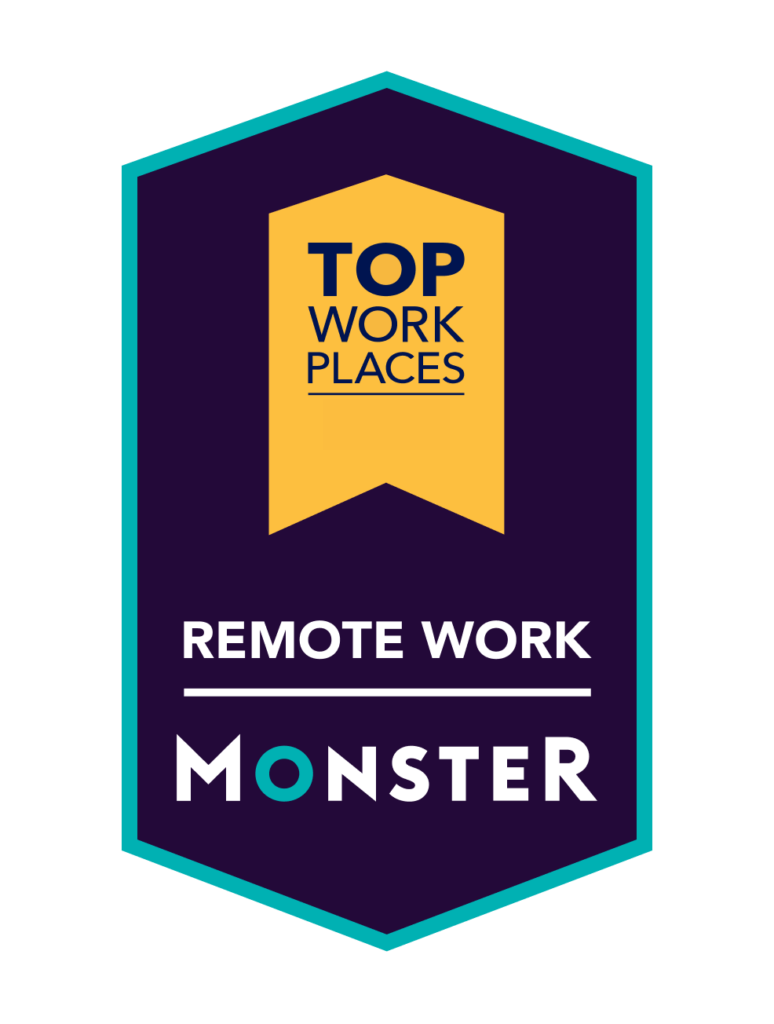By Jason Hallock, MD
I have a gut check question for you: what percentage of U.S. healthcare could be delivered virtually? Ten percent? Twenty-five? What about 90 percent?
This is, in effect, the multi-billion dollar question for U.S. healthcare in a post-COVID world. As a country, we spend $3.8 trillion on healthcare—17.7% of our GDP. Thus, even on the low end, it’s likely that tens of billions of dollars depend on knowing what we might save with more telemedicine adoption. The health, wellbeing, and pocketbooks of the American healthcare consumer are on the line.
But how do we go about answering that question? First, the pandemic has taught us a lot about telemedicine adoption and how it might look in the future. In particular, we know that we could transition a considerable portion of American healthcare to remote care if we wanted or needed it to be. Vast swathes of the public have now experienced virtual care at least once and like what they found. So, too, have clinicians. Meanwhile, hospitals and health systems relied on virtual care to fill gaps in specialist coverage, manage surges in demand, and help keep their staff and patients safe.
So, now that we are past the immediate emergency and on to long-term planning, what percentage of U.S. healthcare could go remote?
What is technologically feasible for widespread telemedicine adoption?
Technically speaking, any healthcare that is not a procedure could be delivered remotely. How often do you need a procedure? One study published by the Massachusetts Chapter of the American College of Surgeons (Atul Gawande was a co-author) found that Americans, on average, receive about 9.2 surgical procedures in a lifetime. Of those, 3.4 are inpatient operations, 2.6 are outpatient operations, and 3.2 are non-operating room invasive procedures.
In theory, we could transition most other care delivery to some version of virtual care. In my personal experience as an ER physician, in various leadership positions for acute care groups, and now as CMO for a telemedicine group, I estimate that perhaps as much as 90 percent of healthcare could be delivered remotely. Taking this view probably gives us the upper bounds of what we could provide via telemedicine.
But that is what the technology would allow. But that’s not really the question we’re asking.
Clinical touchpoints in Telemedicine
A more precise method is to look at clinical touchpoints. That is to say, every time a patient interacts with a clinician. My company focuses on the acute care space, so we are mainly concerned with clinical touchpoints inside the hospital setting, whether it’s telePsychiatry delivered in the ED or teleICU coverage for an admitted patient.
It’s no secret that we aim to own that space. And, with our recent acquisition of Access Physicians, we are poised to be the go-to choice for a range of hospital-based telemedicine. When you consider the specialties we now offer, you can begin to get a sense that a large percentage of hospital-based clinical encounters could take place via telemedicine. There is a strong use case to transition a portion of clinical encounters to virtual care in multiple specialties: psychiatry, neurology, cardiology, critical care and pulmonology, maternal-fetal medicine, nephrology, and (as COVID has made clear) infectious disease.
Of that $3.8 trillion mentioned earlier, just over half is spent on hospital care (37.7%) or physician and clinical services (19.9%). If you estimate that just 10 percent of that care transitions to virtual, that’s approximately a $218 billion market, just for hospital-based clinical encounters. If you look at only physician and clinical services (leaving aside hospital care) and assume we can transition 25% to virtual, that is a $189 billion market.
This brings us to a third way to think about the question.
Total healthcare spending on remote care
Earlier this year, McKinsey conducted an analysis that examined 2018 claims data from CMS and began categorizing and filtering it based on the likelihood we could accomplish a visit remotely.
For visits to the ER, they estimated we could transition a high percentage of non-emergent cases to virtual care with better screening, triage, and virtual urgent care. They estimated that nearly all visits that did not include a blood draw or a procedure could go virtual for outpatient care. The researchers indicated that many home healthcare and nursing visits were not likely to be delivered remotely, but perhaps a smaller percentage of evaluations could be.
In their final analysis, the McKinsey researchers concluded that perhaps $250 billion of current U.S. healthcare spending could be transitioned to some form of telemedicine.
They concluded:
This shift is not inevitable. It will require new ways of working for a broad set of providers, step-change improvements in information exchange, and broadening access and integration of technology. The potential impact is improved convenience and access to care, better patient outcomes, and a more efficient healthcare system. Healthcare players may consider moves now that support such a shift and improve their future position.
This brings us to the real answer.
Consumers will decide how much heathcare goes virtual
Ultimately, the U.S. healthcare consumer will determine how much care goes virtual. Perhaps the upper bound is 90%. Meanwhile, it is inevitable that cost-pressured hospitals and health systems, combined with shortages in specific clinical specialties, will force telemedicine adoption in a smaller percentage even without consumer buy-in.
The reality will be somewhere in between. My personal estimate is that 25 percent of in-hospital care can and eventually will be delivered remotely.
I think patients will demand some of that shift for the sake of convenience, especially once the technology can deliver a better patient experience than they would otherwise get by coming to a clinic or the hospital. The exact percentage, though? How far across the care continuum will that transition extend, and how deep?
That question is ultimately up to the patient.
***
R. Jason Hallock, MD, MMM, is Chief Medical Officer at Access TeleCare. Dr. Hallock leads management of clinical and administrative strategy, ensuring that top-rated medical standards are met across all clinical specialties. Dr. Hallock is a strategic clinical and operational leader with more than 20 years of experience within some of the nation’s most highly developed clinically integrated networks. With complementary business and medical degrees, Dr. Hallock is adept at driving alignment of clinical and administrative objectives to produce optimal results in quality, safety, and efficiency. Dr. Hallock has a Master of Medical Management (M.M.M.) from the University of Southern California and an M.D. from the University of Connecticut.
You may be interested in reading more about acute care telemedicine for hospitals in: The myth is broken: investing in our virtual healthcare future, also by Dr. Jason Hallock.
Please contact us to see how we can help your hospital build your telemedicine program.








